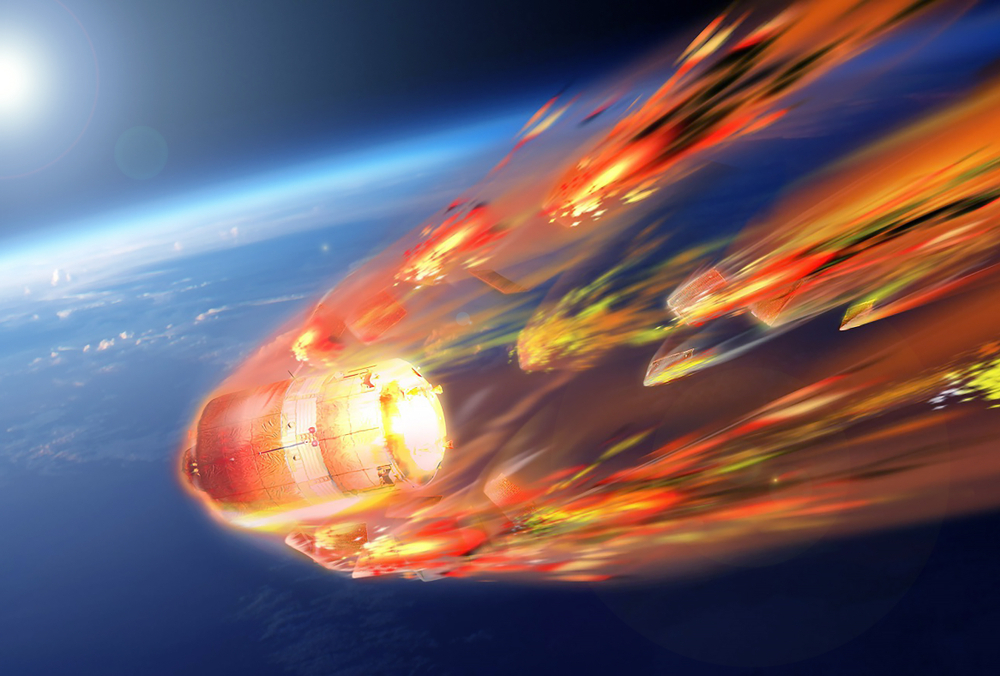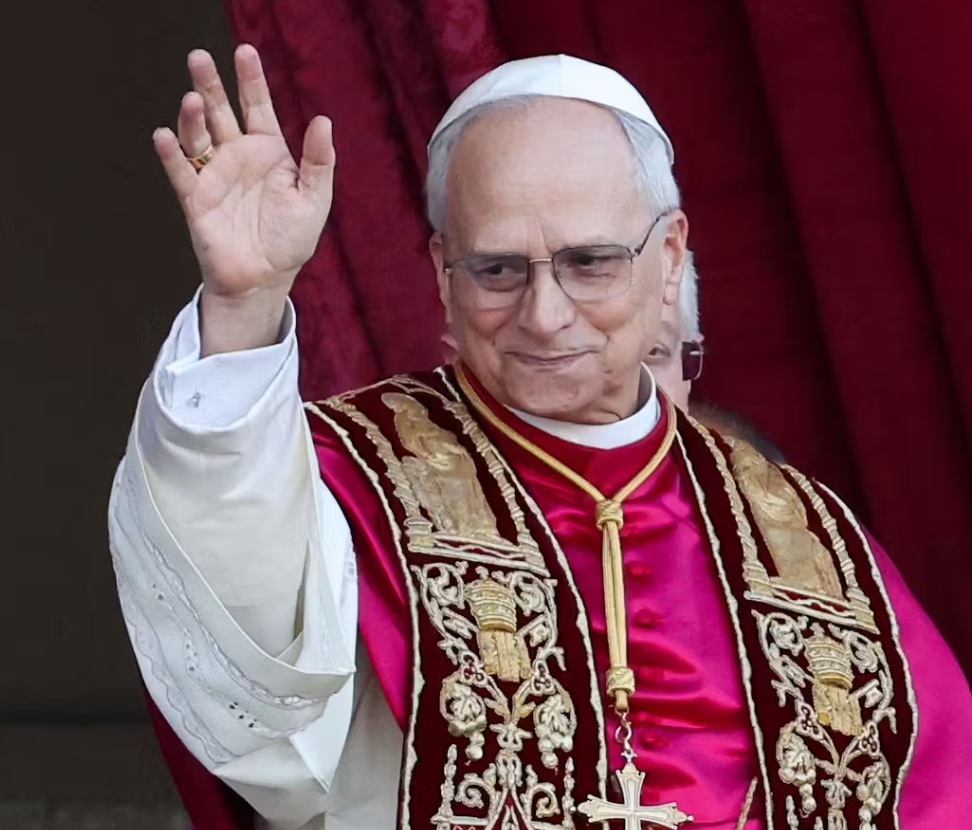In a space saga that could rival the most dramatic of reality TV show finales, an out-of-control satellite, ERS-2, is making its grand, unscripted return to Earth this week, nearly three decades after its star-studded launch. Cue the dramatic music and grab your popcorn, but maybe also a helmet, as the odds of this satellite making a personal introduction are sitting at a reassuringly slim one in 2,500.
Launched into the cosmic wilderness in 1995, ERS-2 has spent its years orbiting Earth, presumably waving at us from time to time until it decided to RSVP “yes” to gravity’s relentless invitation. According to the European Space Agency (ESA), this uncontrolled descent is as ‘natural’ as it gets in space terms, given that they’ve lost the remote control to this 90s relic.

The ESA, in a bid to manage expectations, has been quite clear: predicting the satellite’s final crash pad is akin to forecasting next year’s fashion trends—vague at best. They assure us, however, that as ERS-2 re-enters our atmosphere, it’ll break up into a meteor shower of parts, most of which will politely incinerate themselves before reaching the ground. So, if you see a shooting star, make a wish, but maybe also run for cover.
Photographic evidence of ERS-2’s farewell tour has been circulating, showcasing the satellite’s final glamour shots as it tumbles back to Earth. These cosmic paparazzi snaps were taken as ERS-2 danced at an altitude of 200km, shedding kilometers faster than a falling star sheds light.
Mark your calendars and set your alarms: the ESA has tentatively scheduled this interstellar performance for 7.10am EST on Wednesday, give or take 26 hours because even in space, timing is everything. As ERS-2 descends into Earth’s welcoming arms at about 80km high, it’ll start its final transformation, breaking up and burning up in a spectacular display of pyrotechnics. While some fragments might survive the atmospheric audition and land on Earth, chances are they’ll take a bow in the ocean.
ERS-2, in its heyday, provided invaluable insights into Earth’s own reality show, studying our atmosphere, oceans, and the environmental impacts of human drama. Mirko Albani, head of ESA’s Heritage Space Programme, nostalgically recalls ERS-2’s contributions, marking it as a pioneer that changed how we view our planet.
As we await ERS-2’s final act, let’s remember it not as a potential harbinger of doom but as a retiring artist making one last dramatic entrance. It’s a reminder of the cosmic ballet we’re all part of, where satellites come and go, and every now and then, one decides to crash the party, quite literally.




